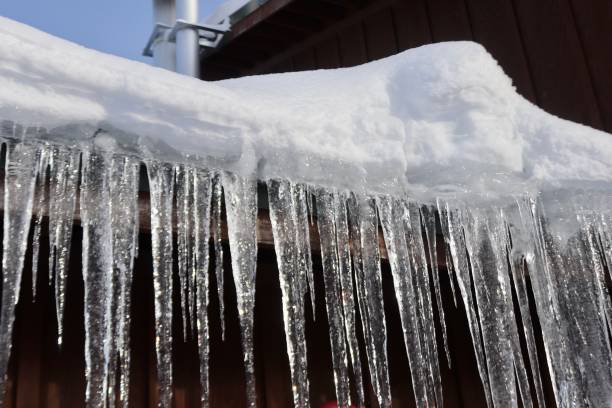How to Defend Your Pipes from Cold Weather: Specialist Advice
How to Defend Your Pipes from Cold Weather: Specialist Advice
Blog Article
What are your ideas with regards to Winter Plumbing Precautions: Preventing Frozen Pipes?

Winter can ruin your pipes, especially by freezing pipelines. Here's exactly how to stop it from occurring and what to do if it does.
Intro
As temperatures decrease, the danger of icy pipes increases, possibly bring about costly repair work and water damage. Understanding just how to avoid frozen pipelines is essential for homeowners in chilly climates.
Comprehending Frozen Pipelines
What causes pipes to freeze?
Pipelines ice up when revealed to temperatures listed below 32 ° F (0 ° C) for extended durations. As water inside the pipelines freezes, it increases, putting pressure on the pipe wall surfaces and possibly causing them to rupture.
Threats and damages
Frozen pipelines can lead to water disruptions, home damages, and pricey repairs. Burst pipes can flood homes and trigger comprehensive architectural damages.
Indications of Frozen Water Lines
Recognizing icy pipelines early can avoid them from breaking.
Exactly how to determine frozen pipelines
Search for decreased water flow from faucets, uncommon odors or sounds from pipelines, and visible frost on revealed pipelines.
Avoidance Tips
Insulating at risk pipelines
Wrap pipelines in insulation sleeves or make use of warmth tape to safeguard them from freezing temperature levels. Concentrate on pipes in unheated or outside locations of the home.
Home heating strategies
Keep interior areas properly heated, particularly areas with pipes. Open closet doors to allow cozy air to circulate around pipelines under sinks.
Protecting Outside Pipes
Garden pipes and exterior faucets
Detach and drain pipes yard hoses before wintertime. Mount frost-proof spigots or cover outdoor faucets with protected caps.
What to Do If Your Pipelines Freeze
Immediate activities to take
If you believe icy pipes, keep taps available to ease pressure as the ice thaws. Use a hairdryer or towels taken in hot water to thaw pipelines gradually.
Long-Term Solutions
Structural modifications
Consider rerouting pipelines far from exterior wall surfaces or unheated areas. Include added insulation to attic rooms, cellars, and crawl spaces.
Upgrading insulation
Buy top notch insulation for pipelines, attic rooms, and wall surfaces. Correct insulation aids keep consistent temperatures and lowers the danger of frozen pipelines.
Conclusion
Protecting against frozen pipes needs positive steps and quick feedbacks. By recognizing the causes, signs, and safety nets, house owners can protect their plumbing throughout cold weather.
5 Ways to Prevent Frozen Pipes
Drain Outdoor Faucets and Disconnect Hoses
First, close the shut-off valve that controls the flow of water in the pipe to your outdoor faucet. Then, head outside to disconnect and drain your hose and open the outdoor faucet to allow the water to completely drain out of the line. Turn off the faucet when done. Finally, head back to the shut-off valve and drain the remaining water inside the pipe into a bucket or container. Additionally, if you have a home irrigation system, you should consider hiring an expert to clear the system of water each year.
Insulate Pipes
One of the best and most cost-effective methods for preventing frozen water pipes is to wrap your pipes with insulation. This is especially important for areas in your home that aren’t exposed to heat, such as an attic. We suggest using foam sleeves, which can typically be found at your local hardware store.
Keep Heat Running at 65
Your pipes are located inside your walls, and the temperature there is much colder than the rest of the house. To prevent your pipes from freezing, The Insurance Information Institute suggests that you keep your home heated to at least 65 degrees, even when traveling. You may want to invest in smart devices that can keep an eye on the temperature in your home while you’re away.
Leave Water Dripping
Moving water — even a small trickle — can prevent ice from forming inside your pipes. When freezing temps are imminent, start a drip of water from all faucets that serve exposed pipes. Leaving a few faucets running will also help relieve pressure inside the pipes and help prevent a rupture if the water inside freezes.
Open Cupboard Doors
Warm your kitchen and bathroom pipes by opening cupboards and vanities. You should also leave your interior doors ajar to help warm air circulate evenly throughout your home.

I recently found that piece of writing on How to Prevent Your Pipes From Freezing when doing a lookup on the web. Sharing is nice. Helping others is fun. I treasure your readership.
Book Your Appointment Report this page